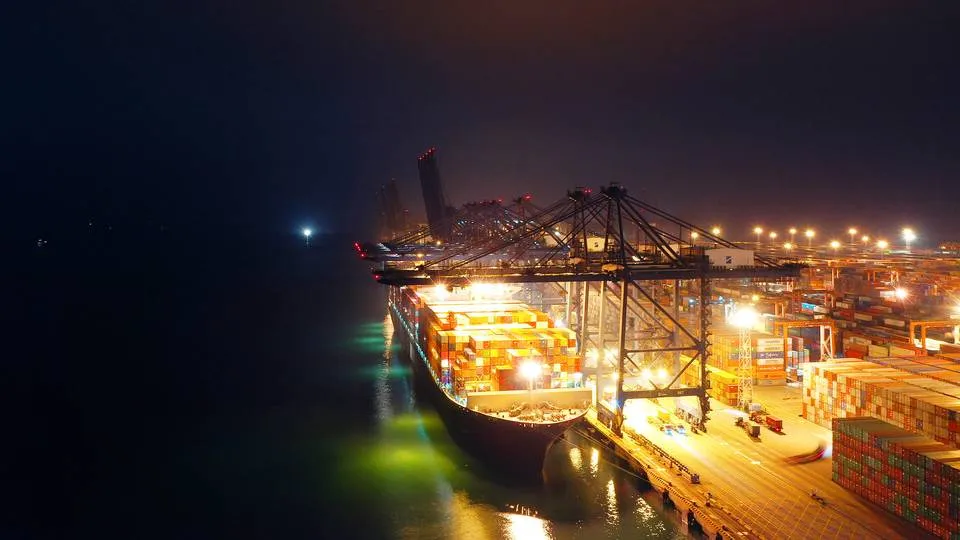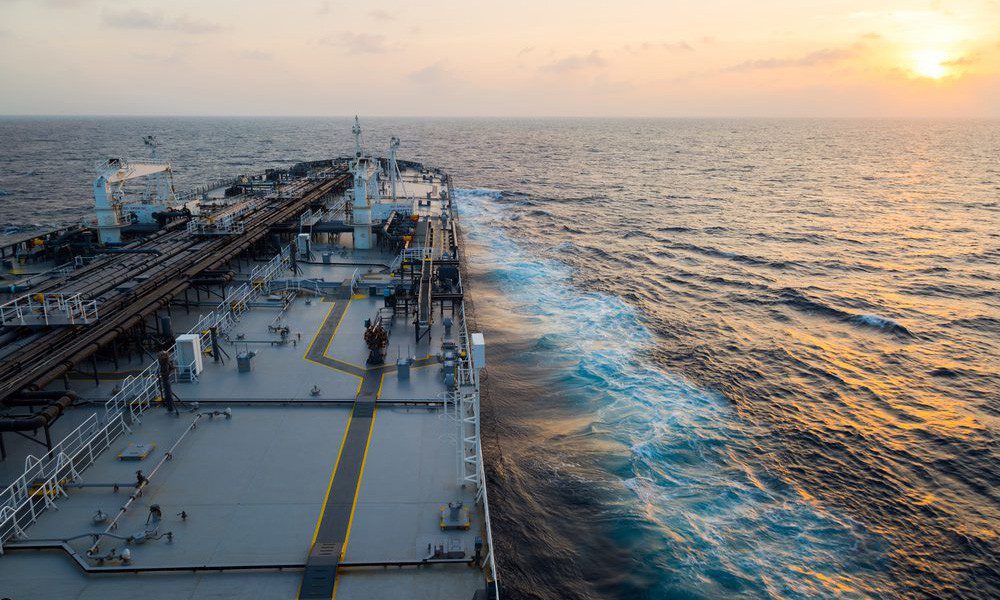
Not too long ago, there was a mantra in the container industry that went as follows: Rate increases would never grow so large that they were not able to be absorbed in shippers’ budget and transferred to customers.
All of this would ultimately occur without consumers noticing any difference.
This was before the Covid-19 pandemic, however, which turned the usual market mechanisms controlling the rate level for freighting a container from Asia to Europa on their head.
It is now Mid-June 2021, and container carriers and shippers are seeing that the going rate for a 40-foot container filled with goods or semi-finished products has gone so far up that some companies are even at risk of going bust.
One example of a small company that is hit hard by the rate increases is Cobi Rehab, which produces assistive products for the medico industry. CEO Claus Nicolaisen Nymark relates to MedWatch that the company now has to pay three to four times more than usual for transportation, and that 2021 is turning out to be a particularly challenging year for the company.
DSV Panalpina raises expectations for the full year
“The cost of a 40-foot container from Asia has increased from DKK 19,000 to DKK 72,000 [USD 3,100 to USD 11,740, -ed.], so these freight rates are the absolute toughest we’ve ever seen,” he says.
In this respect, Cobi Rehab is but one in a sea of smaller companies that are having difficulties absorbing transport expenses. Another group that is deeply challenged is the segment for producing cheap domestic appliances or fully assembled furniture, as Sea-Intelligence described last week.
A chain reaction from Yantian
At the moment, the common denominator is that it is absolutely essential to have scale – in terms of either transport volume or economy – in order to get through this time marked by record rates being set for each passing day.
Currently, the shutdown of the critical Chinese container port in Yantian is the main driver of the soaring prices again. The Covid-19 outbreak in the port has not only triggered bottlenecks in the Chinese port, but also triggered repercussions that have spread to more and more ports in Asia, such as Hong Kong. This has led major carriers to cancel sailings and skip certain ports in order to keep to the reliability, which in turn has resulted in a shortage of ships and containers, once more leading rates to skyrocket.
These freight rates are the absolute toughest we’ve ever seen.
Claus Nicolaisen Nymark, CEO Cobi Rehab
Looking at some of the other companies in the same sector, the emerging pattern illustrates how major companies are faring better, even though practically no one appears to escape the impact of the situation.
One example is medico company Ambu that has seen its shipping costs double.
“The freight rates have risen considerably for us, so we’re doing everything in our power as a medic company to send our products by air or train instead, in order to ensure shipments for our customers,” says Juan Jose Gonzales, CEO of Ambu, to MedWatch.
The company is seeing the heaviest price increases on routes from Asia to Europe, and since one of the company’s key factories is located in Malaysia, it has made the company vulnerable to the new reality on the waterways.
“Our shipping costs have basically doubled,” Gonzalez says.
Import of stuffed animals halted
Other industries are experiencing the same issues. Bloomberg notes how British toy chain The Entertainer had to halt imports of stuffed animals from China, as the rates have made the retail price too steep.
“During 40 years in toy retailing, I have never known such challenging conditions,” founder Gary Grant told the news agency.
Last week was the fifth consecutive week of record-breaking container rates. Shanghai Containerized Freight Index (SCFI) came to 3,703.93, and it is in no way unusual to pay more than USD 10,000 for a container, if it is even possible at all to find capacity on a ship.
Our shipping costs have basically doubled.
CEO of Ambu, Juan Jose Gonzalez
Most recently, Maersk announced an expected delay of 16 days on vessels near Yantian due to congestion. At logistics company Kuehne+Nagel, head of sea freight Otto Schacht pointed to the fact that over 300 container vessels are currently waiting in line off ports globally.
Kuehne + Nagel CEO outlines chaotic and constrained 2021 market
If shippers cannot avoid using the Yantian port, it could be expensive as well. As the first major container line, ONE introduced a fee of USD 1,000 on reefer containers situated in the port on Friday.
The collapse in Yantian follows the blockage of the Suez Canal, which in turn followed the wholly unusual demand for container transport of goods during the Covid-19 pandemic. Consequently, any prospect of a solution still remains unclear. Many sources agree that a normalization of the market is unlikely to occur before 2022 at the earliest.
At the same time, the situation is strengthening the transport sector. Friday afternoon, transport and logistics company DSV Panalpina raised its expectations for the full year by DKK 500 million, primarily due to climbing rates.
English Edit: Christoffer Østergaard
Bottlenecks from Yantian make ONE put surcharge on reefer containers
Western terminal in major Chinese port reopens following Covid-19 outbreak
Container market risks chaos into 2022 following Covid-19 outbreak in China





